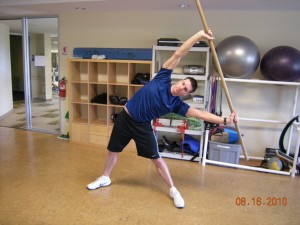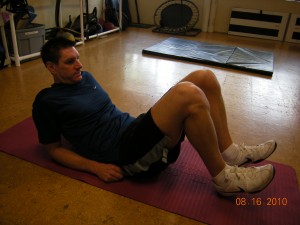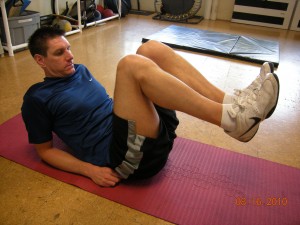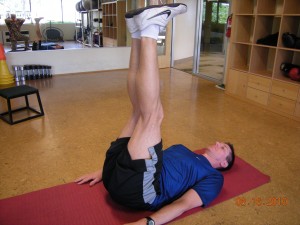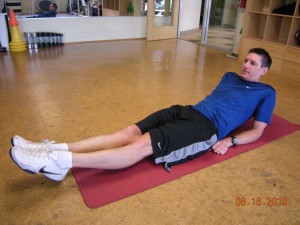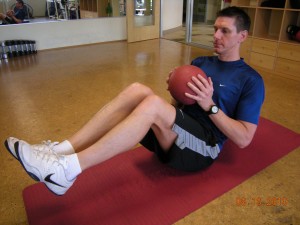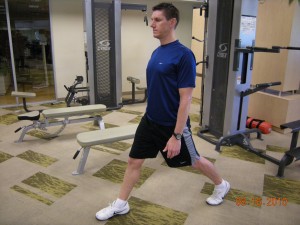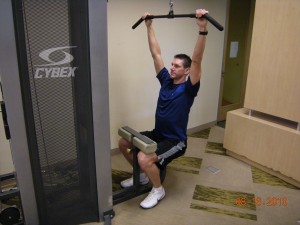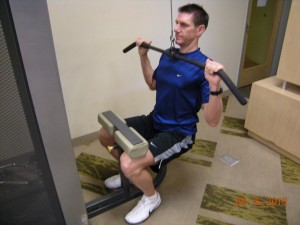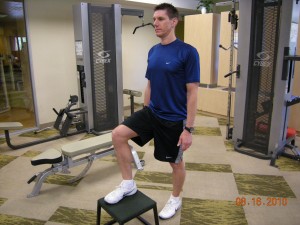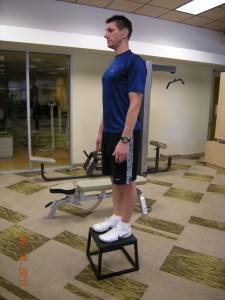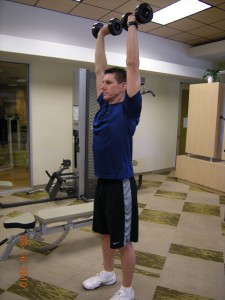
Cardiovascular exercise will benefit you in numerous ways.
What is Cardiovascular Training?
The goal of Cardiovascular Training or Aerobic Exercise is to elevate your heart for a specific period of time. The extent to which you elevate your heart rate and the total time you keep your heart rate elevated depends entirely on your own personal goals.
There are a variety of activities that you can choose from to develop cardiovascular fitness. The most common are walking, jogging, running, swimming and cycling.
Why Does Aerobic Exercise Work?
When you exercise at an appropriate level, you place stresses on the body beyond what your body is accustomed to. The great thing about our bodies is that they are so adaptable. When you place stress on your body, it begins to adapt. It does this so that the next time you ask your body to perform that task, your body is prepared for it and can accomplish the task without being stressed. That is how improvements in fitness occur.
When you perform cardiovascular exercise, all sorts of really cool physiological things occur. It can get really technical, but it’s important for you to understand, so I’ll explain the essential functions in basic terminology.
First of all, there are two terms that you should understand. The first is “Cardiovascular”. “Cardio” refers to your heart and “Vascular” refers to your veins and arteries (your circulatory system). The second is “Cardio Respiratory”, which is the relationship between your heart (cardio) and your lungs (respiratory). So when you perform aerobic exercise you are improving your heart, lungs and circulatory system.
Circulatory System
Your veins and arteries carry blood. Arteries carry oxygen rich blood to the muscles (cells) that are working and need oxygen to be able to continue. Veins carry oxygen depleted blood from the muscles back to the heart then to the lungs to be re-oxygenated.
Regular aerobic exercise will result in an increase of red blood cells, which carry oxygen to the cells. It also results in an increase of capillaries (the tiny blood vessels that deliver the blood to the tissues and cells). Therefore allowing more nutrients to be delivered to working muscles.
Your Lungs
With exercise, your lungs will increase their capacity, and they will be able to hold more air. The more air that you can breathe in, the more oxygen that is available to your cells. Your lungs will also increase the ability to pull oxygen from the air and deliver it to the blood. This occurs because more alveoli (tiny sacks in your lungs that transfer the oxygen from the air and deliver it to the red blood cells) are exposed to the increased volume of air/oxygen in your lungs.
Your Heart
Your heart is a muscle, so it will become bigger and stronger. You will increase the amount of blood the heart can hold. And the heart will pump a higher percentage of its blood each time it beats. It will pump more blood with every beat. This will allow you to deliver more blood to the body via your arteries. Your heart is muscle tissue and it will also benefit from an increase in capillaries, more oxygen rich red blood cells, just as your skeletal muscles will. As a result, it will become more efficient.
End Result
More air in your lungs
More oxygen delivered to the red blood cells
More red blood cells
A more efficient heart pumping more blood
More capillaries delivering oxygen to the cells
More efficient cells utilizing the oxygen
A More Awesome YOU!
How Aerobic Exercise Will Help You
Moderate physical (aerobic) activities will yield tremendous physical benefits. Those benefits include decreased risk of heart disease and certain cancers and improvement in blood pressure and cholesterol levels. The increase in physical activity will result in increased energy (caloric) expenditure which will help to decrease your body fat percentage. Your metabolism will improve not only during exercise but also for a short period after activity. Improvements in aerobic capacity will help to make all of your activities of daily living easier, resulting in more energy throughout the day.
Here is a short list of more benefits of Cardiovascular/Aerobic Exercise
1. Instant feel-good. You will feel invigorated for hours after training
2. Train your heart. The heart is a muscle and cardio is its strength training
3. Increased endurance and stamina. Get through your day without a cat-nap.
4. Increased confidence right away!
5. Healthy lungs
6. Increases metabolism for up to 24 hours
7. Improves immune system. Being sick less equals more days to work out!
8. Reduces stress
9. Improves circulation. You will be less sore after weight training
10. Sleep better
11. Relief from depression and anxiety
12. Reduced risk of some cancers
13. Reduced risk of heart disease
14. Lower blood pressure
15. Lowers cholesterol
16. Live longer
17. It’s something great you can do for yourself to improve your health!

